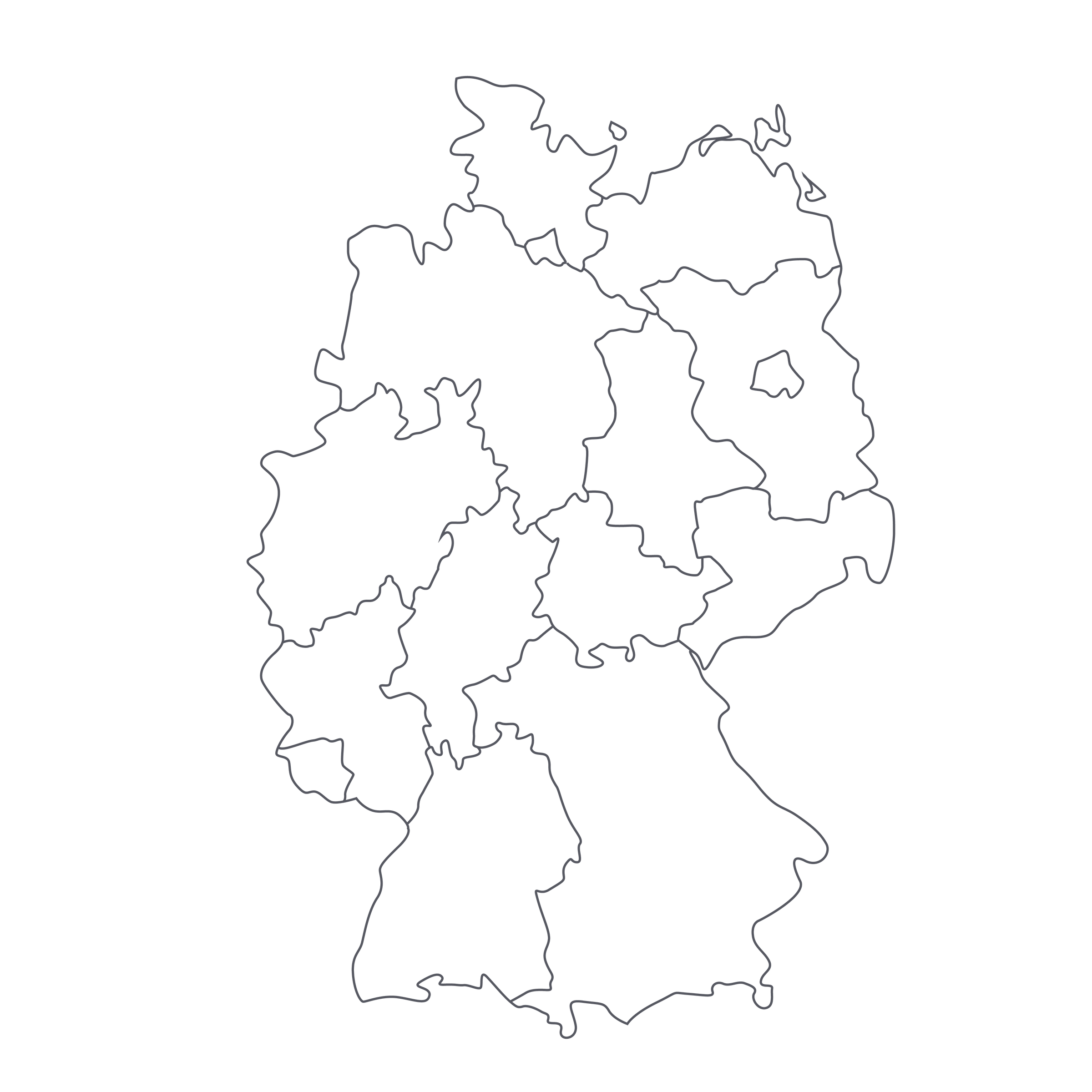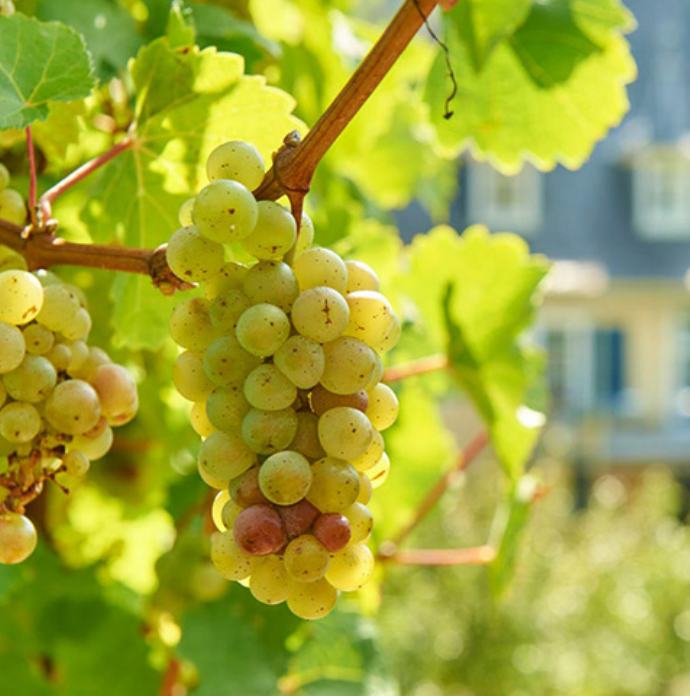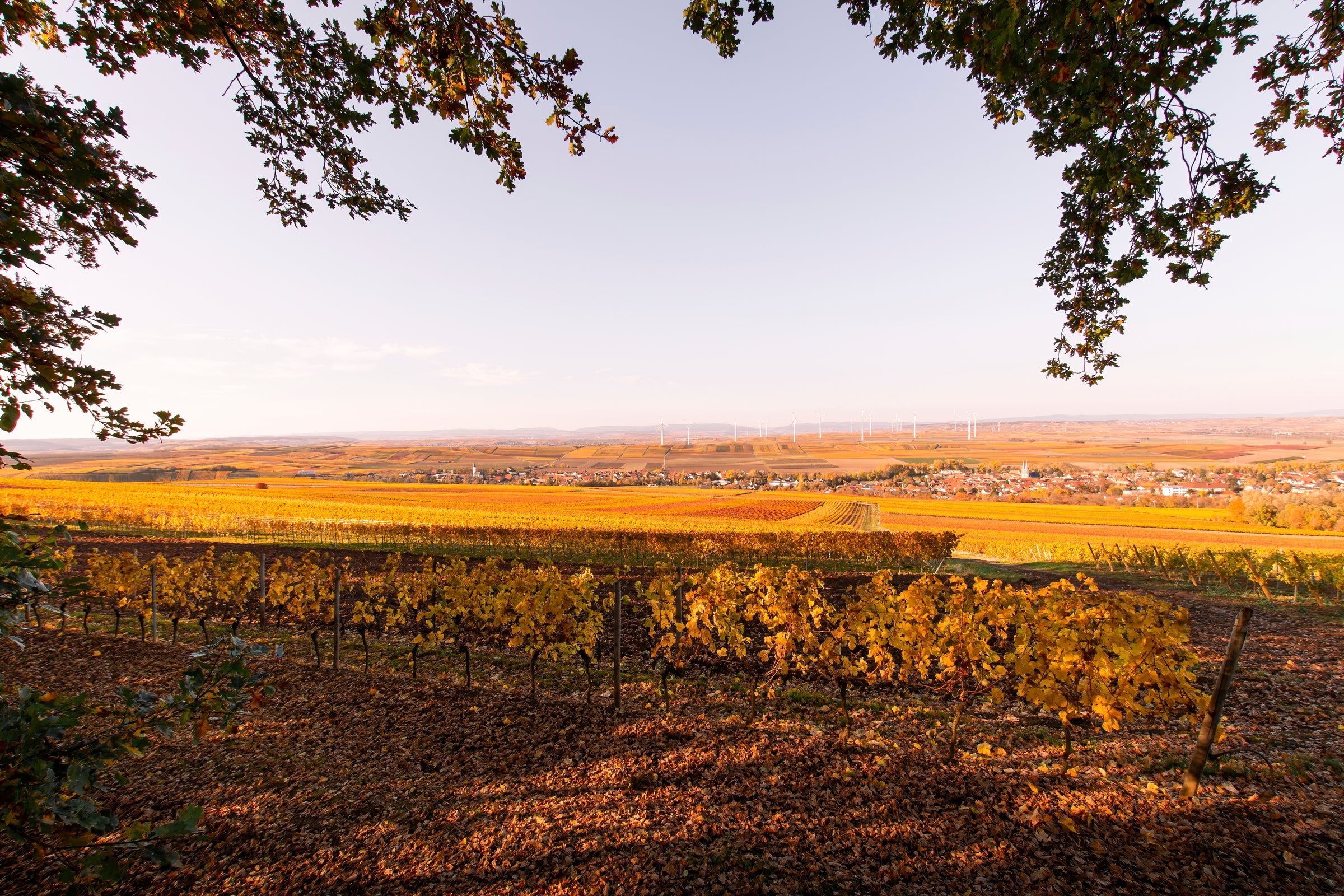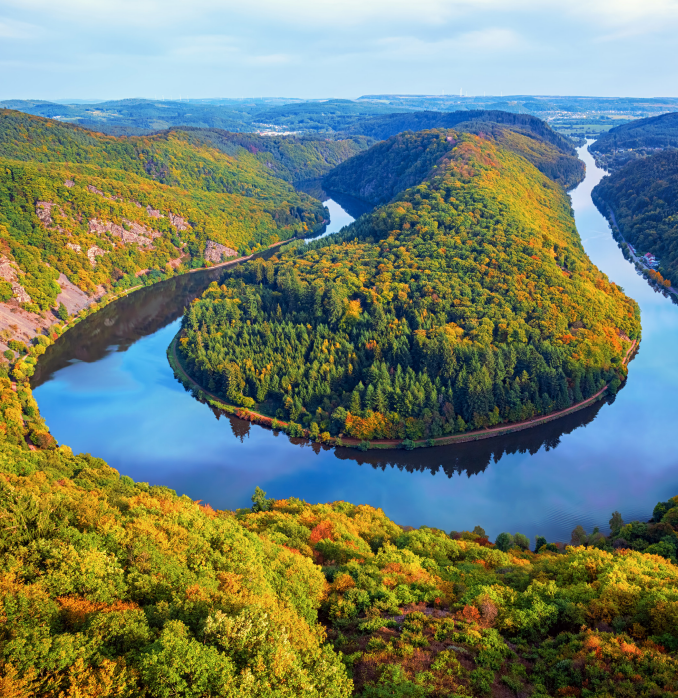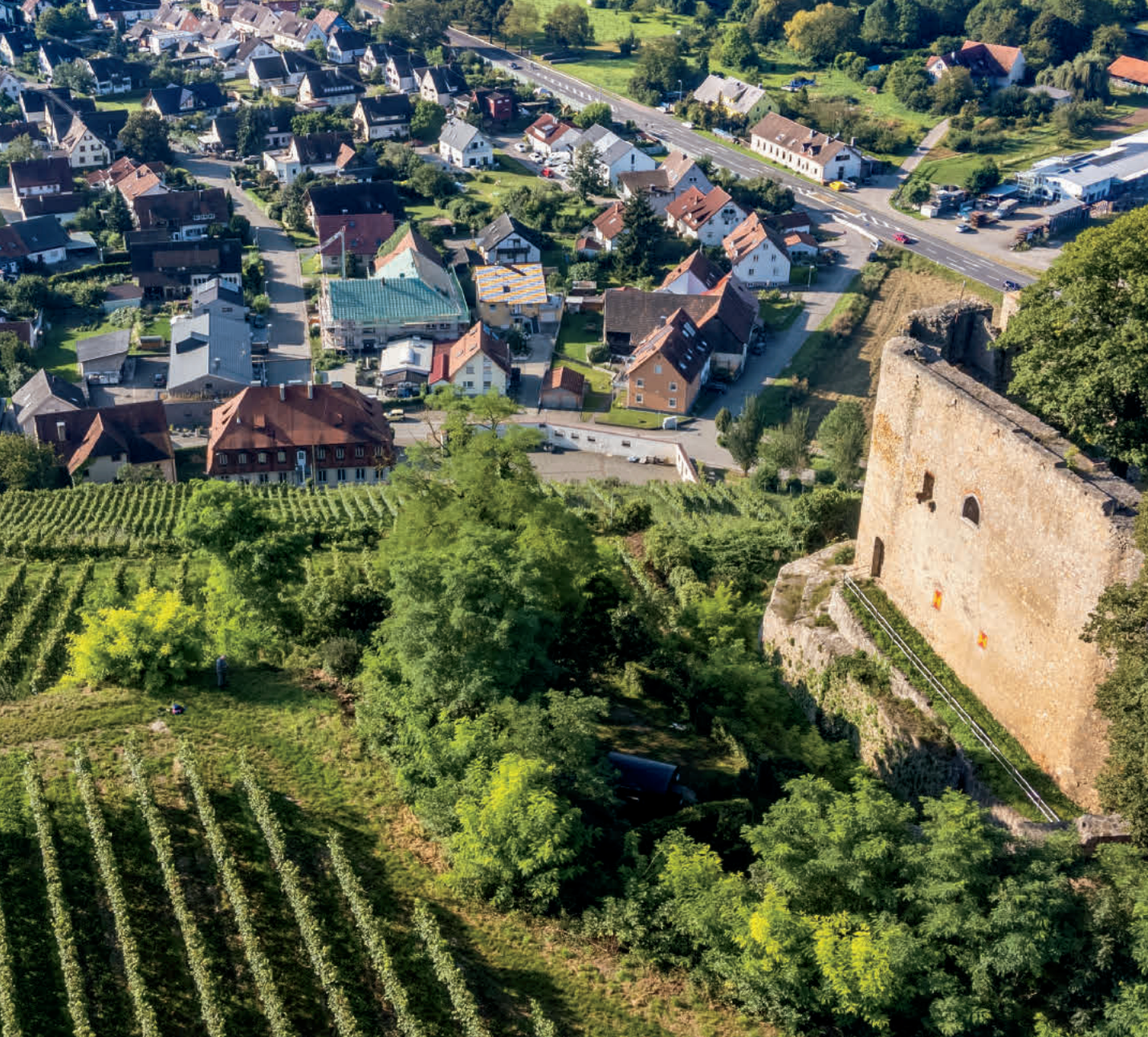Burg Ravensburg handcrafts breathtaking expressions of pure, organic wine that stare directly into the eyes of Burgundy—the world’s most enduring, hallowed, and premium-priced region for Pinot Noir. There’s a reason for this: The same Cistercian monks who planted this noble grape in Burgundy also did so in Baden, Germany around the same time. As such, Burg Ravensburg has spent an astounding eight centuries cultivating and mastering this finicky grape from their village of Sulzfeld.
A wine dynasty if there ever was one, they are now a renowned powerhouse that proudly holds the largest stand of organic vineyards in all of Germany. Because of their sprawling presence, a massive percentage of their vineyards are grosse lage—the German equivalent of Grand Cru. Now, incorporate all of this into today’s “Sulzfeld” and the remarkable value starts to become apparent. Entirely sourced from the vineyard that surrounds this ancient estate, with a bed of soils that date back a quarter-billion years, this organically farmed Pinot Noir is the epitome of wine nobility. And, if you could even find one, no other sub-$25 Burgundy could come close to matching the tremendous levels of flavor and authenticity in this bottle. It is a truly astounding value, the latest of several German Pinots to knock our socks off here at SommSelect!
The year ‘1251’ is prominently displayed on the each and every Burg Ravensburg label, and why shouldn’t it be? There aren’t many estates in the world—and far fewer vineyards—that draw on this much history. Yet, shockingly, the family itself goes back even further, having been locally documented as Barons back in 931 AD. I’d say it’s safe to assume they know the land better than anyone else could. In order to extract every ounce of character from this ancient terroir, owner Heinz Heiler made a wise decision when he hired Claus Burmeister: Not only does Claus have a degree in viticulture, he was raised in this very cellar, as his own father was head winemaker when Claus was growing up.
If you’re in the town of Sulzfeld and you spot a grosse lage vineyard, chances are Burg Ravensbug owns it. They are the king of premium vines around here, and although today’s “Sulzfeld” bottling isn’t a “grand cru” it is entirely sourced from the contiguous vineyard that encircles their ancient estate. Following the strictest organic practices, they make their own compost on the property (which their importer found out after having lunch in the vineyard, downwind from the steaming pile), and hand-pick their Pinot Noir after making several passes through the vineyard. Only ripe, unflawed grapes make it into the winery, and even then, grapes are sorted yet again. Afterward, a six-day cold maceration allows for added extraction and flavor before a long fermentation. All the while, whenever the juice moves from location to location, it is done so by gravity only. No pumps here! The wine ages in mostly neutral oak barrels before bottling without filtration.
Shining a brilliantly deep ruby in the glass, Burg Ravensburg’s 2016 “Sulzfeld” Pinot Noir instantly erupts with generous notes that highlight this ancient German terroir. Although buttressed by a woodsy, savory component throughout, a wealth of various fruits burst onto the scene—black raspberries, currant, cherries, red plums, and strawberry—before melding with forest flora, smoky underbrush, and hints of pepper. The palate is comfortably medium-bodied, not afraid to show off firm tannins and uplifting notes of acidity with underlying dusty accents. Still, this is resoundingly ‘old world’ Pinot Noir that seamlessly glides across your palate while flaunting its elegance. I highly recommend a quick 30-minute decant to shed its nervous energy before unearthing you largest Burgundy stems and consuming around 60 degrees. This will dazzle alongside roasted duck with a pomegranate glaze and will further impress if you hold back a few bottles over the coming years—it has the pedigree, vintage, and expert craftsmanship to last for a long time. Cheers!


